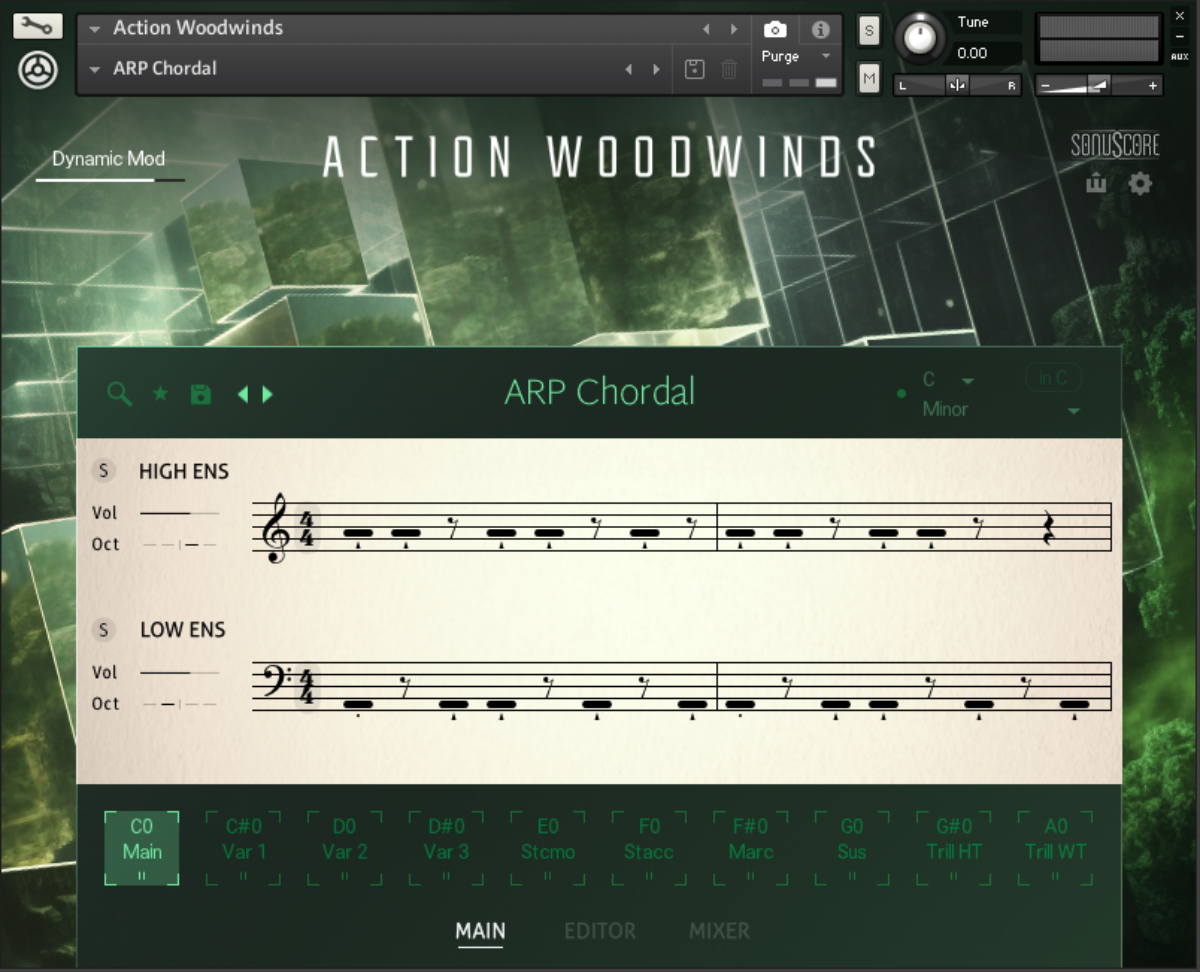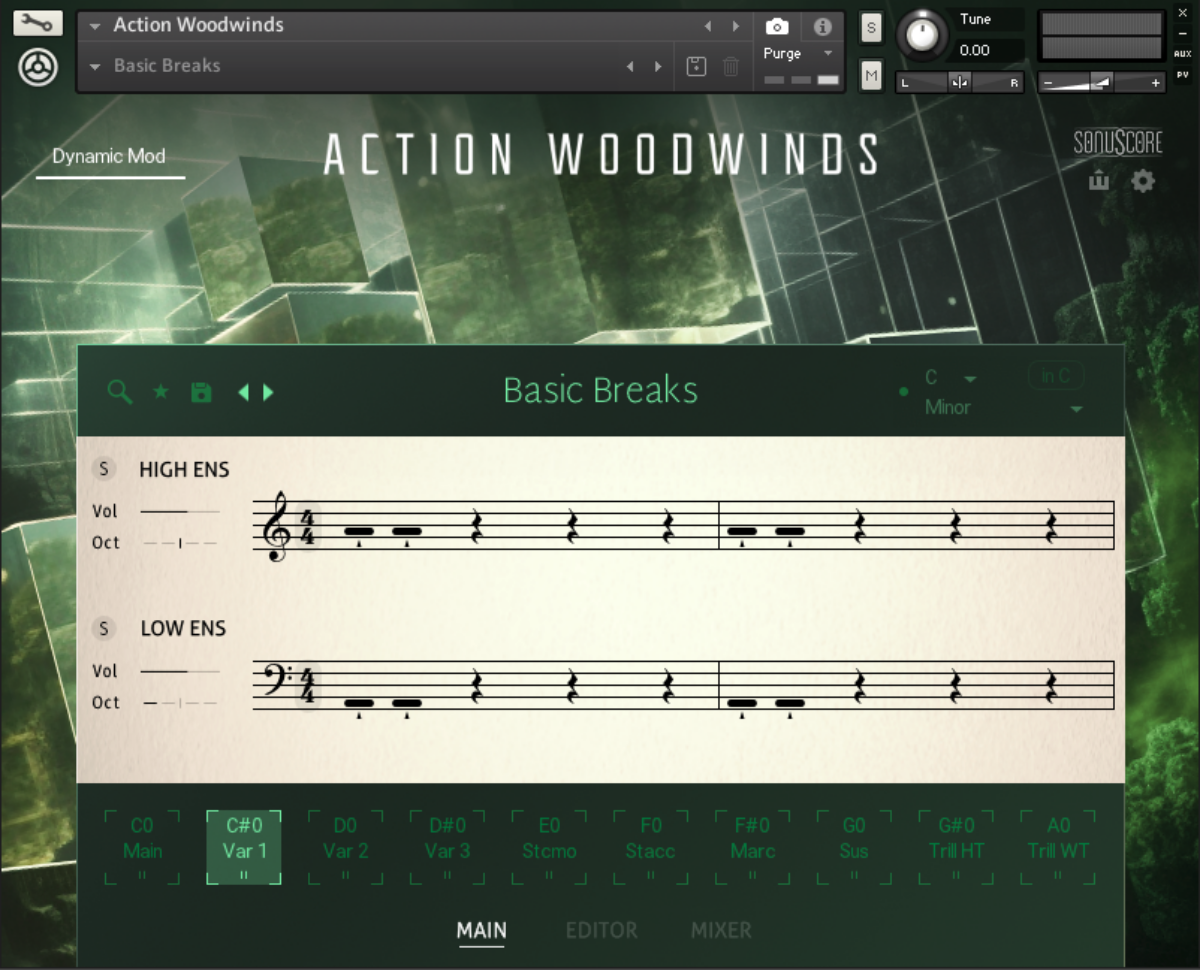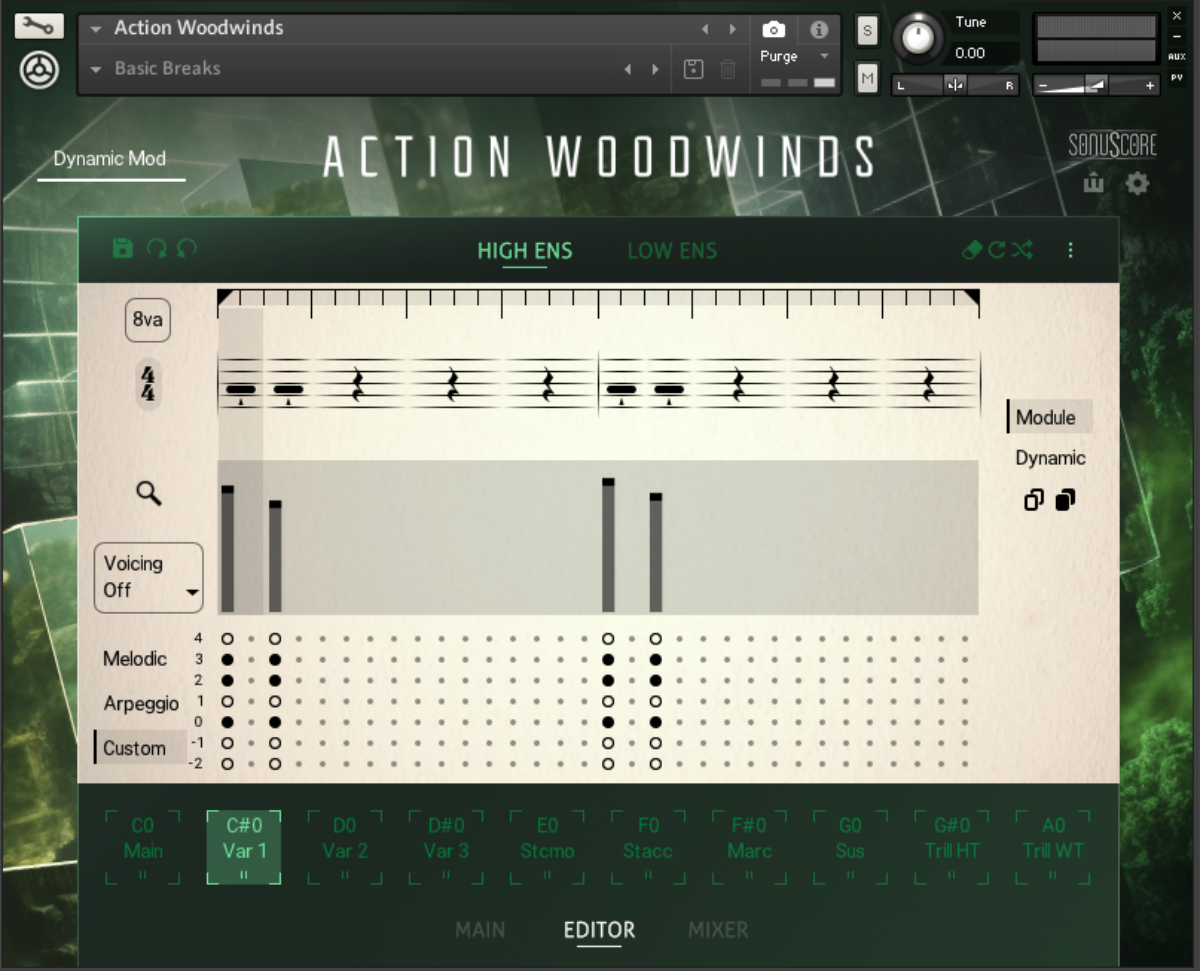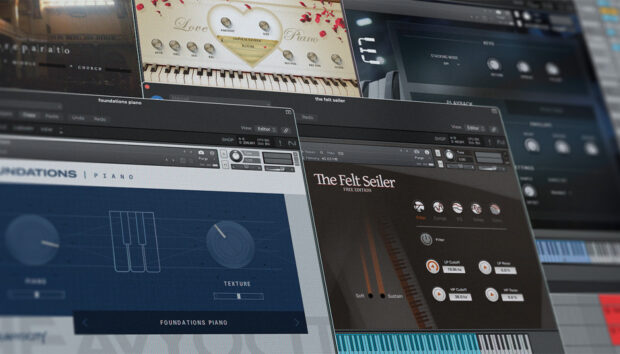
If you’re a composer or producer focusing on the world of orchestration, it’s critical to understand the nature of the instruments you work with. Just as sound designers need to master synthesis, composers must master orchestration and arrangement. The proper use of woodwind arrangements, for instance, can greatly influence your compositions.
Until now you might not have had the space to explore these orchestral instruments due to a lack of access to a woodwind section. With the release of Action Woodwinds making this section accessible, now is the best time to learn how to arrange woodwinds. This article will get you started with arranging for woodwinds and guide you through some basic woodwind arrangement principles.
Jump to these sections:
Follow along with Action Woodwinds, a realistic scoring instrument offering full creative freedom for your productions.
Why is woodwind arrangement so important?
Woodwinds occupy a unique and central role in modern music composition for film, video games, and any music that has a grand cinematic feel to it.
Woodwinds add a rich depth to music, and understanding how to arrange these instruments allows composers to craft interesting textures that another instrument section cannot replace. From the flute’s ethereal harmonics to the bassoon’s rich overtones, each woodwind instrument can bring unique colors to our music.
The artful incorporation of woodwinds into your music can also add a variety of emotions from subtle introspection to extreme exhilaration. When combined in a section that makes musical sense, woodwind arrangement skills are an important asset to any composer.
5 essential tips for woodwind arrangement
With that in mind, how can you make informed decisions when creating a woodwind arrangement? Here are 5 essential tips to get you started:
1. Understand woodwind ranges and their distinct timbres
Unlike many electronic instruments, woodwinds have particular ranges in which they can produce sound. In order to write effective woodwind arrangements, we should have a good idea of the ranges of the instruments that we’re composing for. Let’s go through the ranges of the most common woodwinds.
- Flutes range from C4 to C7
- Oboes range from Bb3 to G6
- English horns range from E3 to Db6
- Clarinets range from D3 to Bb6
- Bassoons range from Bb1 to D5
- Contrabass clarinets range from Bb0 to D4

Having a good idea of these ranges will ensure that your compositions allow woodwind instruments to play comfortably in their registers.
But just because an instrument can play a note, doesn’t mean that the note will come out exactly as you want it to. The lowest notes in an instrument’s range will generally be quite soft, while the highest notes will require a lot of breath from the player – resulting in a loud sound. The range, therefore, affects the “timbre” or tone of the instrument.
A good arranger will know how the individual ranges of instruments influence the overall sound of a composition. That knowledge will come with experimentation so don’t be afraid to push the limits in your own work.
2. Add counterpoint to your melody while considering harmonic structure
The melody is often seen as the definitive element of any piece of music. It is the part we walk away and hum after hearing it. It is what sticks in our minds when we think of a song. A good arrangement will consider the importance of a melody and enhance it through counterpoint and harmony.
“Counterpoint” is the technique of melodic layering to create harmonically intricate textures – in other words, adding a melody underneath your original melody. Let’s use an example to illustrate exactly what counterpoint is.
Here is a melody played on string instruments:
This melody alone is passable, if a bit bland. By using woodwinds to create counterpoint for this melody, we can arrange something that is truly unique and evocative. Let’s use the ‘Arp Chordal’ preset from Action Woodwinds under this melody and see what happens.

By using a harmonically interesting contrapuntal melody, these woodwinds have completely transformed the string melody. Woodwinds can infuse your arrangements with rich polyphony and weave together the layers of your composition into an integrated whole.
3. Use dynamics to convey emotion
Dynamics in music can be used to sculpt expression and emotion. Because of their wide ranges that were mentioned earlier, woodwinds are exceptional at creating variations in level and intensity – from soft whispers to bold crescendos. These dynamic changes add an ebb and flow that is essential to keeping a listener hooked.
Let’s take our knowledge about ranges and create a dynamic passage. Earlier we mentioned that the higher parts of an instrument’s range will result in a louder sound. Let’s incorporate the upper ranges of the woodwind section to add dynamic stabs into an arrangement.
We’ll start by layering simple, soft pizzicato strings:
Now we’ll add some loud woodwinds that mostly play in their upper ranges (though there are some deep notes there too). We’re using two variations of the “Basic Breaks” preset on Action Woodwinds.


Note that we’ve also turned the Dynamic Mod control all the way up.
As you can hear, we’ve created a tense atmosphere by using dynamic shifts between the timid strings and the bold woodwinds.
4. Avoid overcrowding the arrangement
Sometimes we get excited about our compositional ideas and want to utilize all of them at once. This will almost always lead to overcrowding which, especially with woodwind arrangement, can diminish the clarity of a piece and ruin the balance of an ensemble. Too many elements in a narrow register make it difficult for a listener to discern the voices in a piece. This creates a muddy sound that lacks impact.
To avoid this kind of overcrowding, you should carefully consider the orchestration of your instruments. Don’t think of your woodwinds in a vacuum – remember that they are likely interacting with other voices across the orchestra (or instruments like synthesizers). Be mindful of the overall texture of your work and distribute melodies and harmonies strategically. An arrangement can be muddy, just like a mixdown.
Within Action Woodwinds, you can use the Editor tab to customize which instruments are playing in which register, per phrase. This can be a super effective tool for dialing in exactly how many woodwinds you want to play at any given moment, ensuring that all the instruments in your piece remain balanced.

5. Utilize rhythm to add texture to your piece
Adding interesting rhythms to a woodwind arrangement can bring it to life with depth and energy. Experimenting with different rhythmic patterns and syncopations can result in well-layered textures that add color to any piece of music.
Techniques like “polyrhythms” (playing multiple rhythms simultaneously) add complexity to a section which will enhance moments of composition when used well.
Action Woodwinds includes plenty of rhythmic phrases to play around with. Let’s listen to the rhythm in the “Melodic Hooks 3-4 C” preset.
Utilizing this kind of rhythm at just the right moment could be incredibly impactful in your original music. Just remember to be sparing with complexity – balancing it with simple clarity is important when writing an effective woodwind arrangement.
Start arranging woodwinds with ease
Through careful consideration of the elements we’ve discussed like rhythm, range, and, dynamics, you should be able to craft arrangements that are both expressive and engaging. Put your knowledge of how to arrange woodwinds into practice with Action Woodwinds and take your composition and songwriting ability to the next level.















